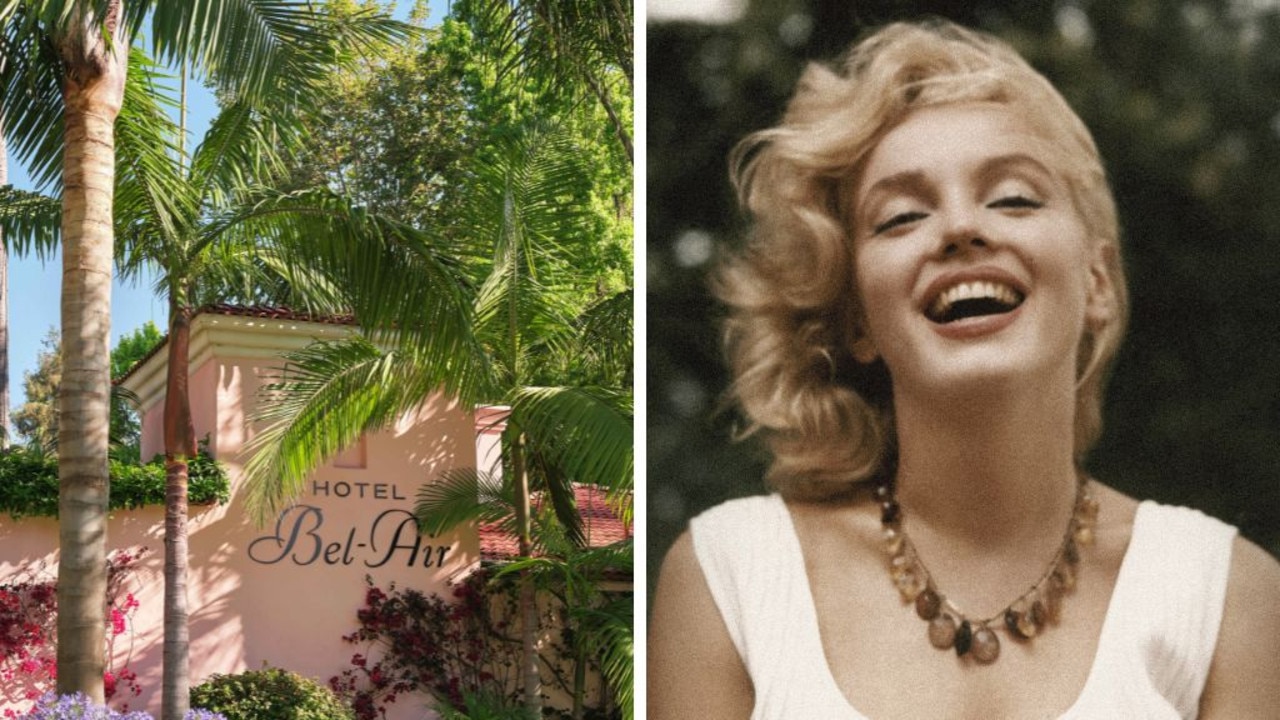The other side to America’s wildest party city
When we visited a hedonistic epicentre of wild, year-round partying, the last thing we expected was to fall for something totally different.
New Orleans is famous for wild and hedonistic year-round partying, but its melting pot of influences make it far more interesting than that.
When we visited the city for its world-famous Mardi Gras celebrations in March, it wasn’t the parades, parties or bead-throwing crowds that stood out.
It is the culture, history, architecture and, above all, indefinable spirit that makes New Orleans one of the world’s most exciting cities.
WHAT MADE THE BIG EASY
The city’s location in the southeastern state of Louisiana, on the Mississippi River, is a big part of what makes it so unique.
Its street names and attractive buildings reflect a French and Spanish colonial past overlaid with a multicultural southern heritage. Visitors can brunch on rice and beans with fried chicken or catfish at the cafe Ruby Slipper Cafe, try creole-influenced bistro fare at opulent restaurants such as The Palace Cafe or enjoy edgy modern fusion restaurants such as Justine’s.
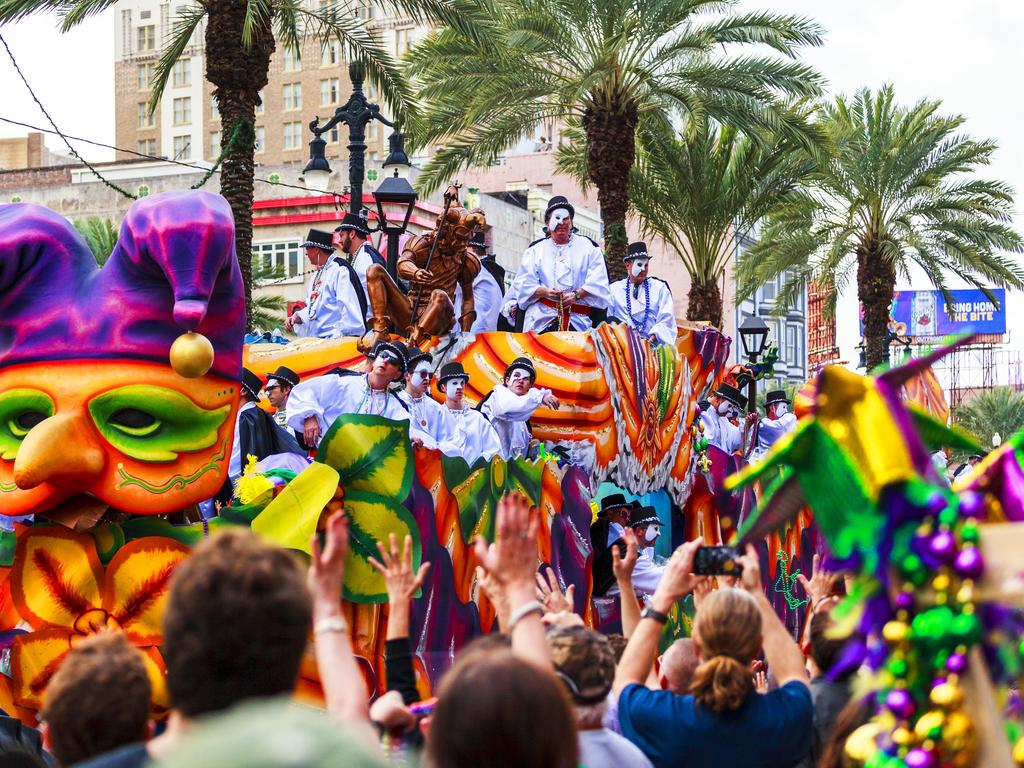
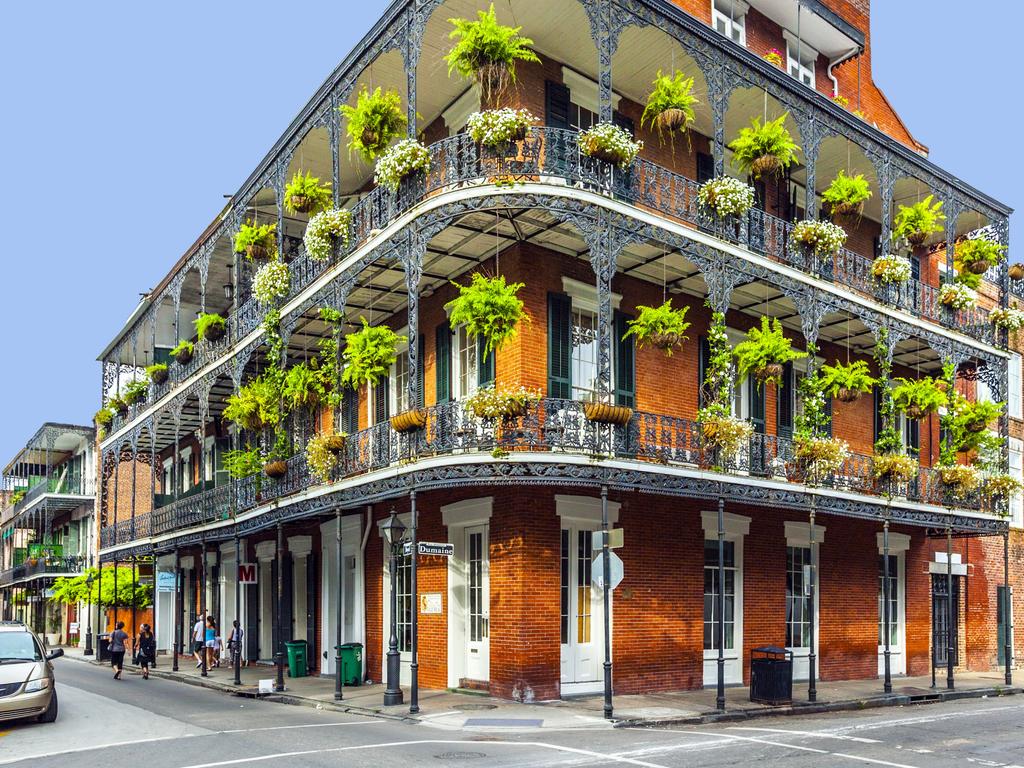
The party image of the “Big Easy” was born out of its diverse population’s love for jazz, and the live music scene extends from highly watchable buskers to hugely talented bands at the many bars on Frenchmen Street and beyond.
The city has endured more than its fair share of troubles, not least when Hurricane Katrina raged through it in August 2005, and its legacy is evident in the ageing roads and buildings. Drugs and alcohol have come hand-in-hand with the year-round celebrations, but the indefatigable city has a magic that remains irresistible to both young and old.
BEAUTIFUL STRANGERS
The exuberant revellers who decorate the city’s many parties are not the only beautiful sight to see around here.
As one of the lowest lying areas in the US, the city is essentially built on and surrounded by swampland or slow-moving bayous. But these marshy waters are the opposite of the murky no-man’s-land you might expect.
The water of Manchac Swamp glimmers in the sunlight as we kayak past lush cypresses, spotting alligators, herons and wild boars and learning about efforts to protect the threatened and diverse beauty of the state’s unique ecosystem.
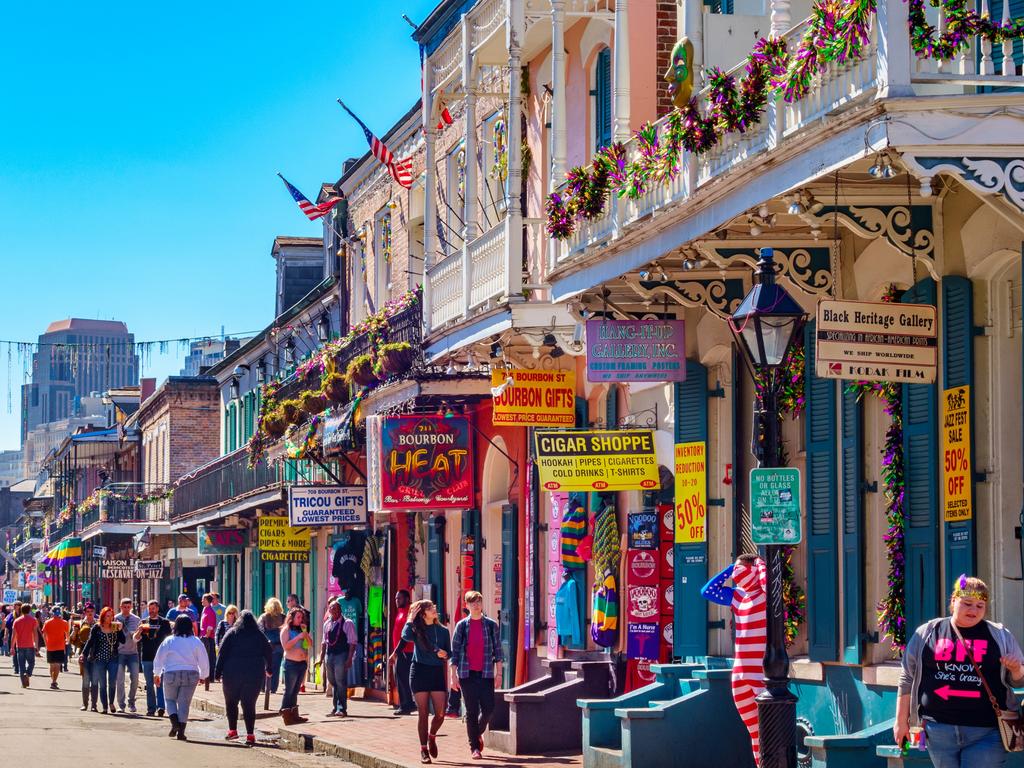
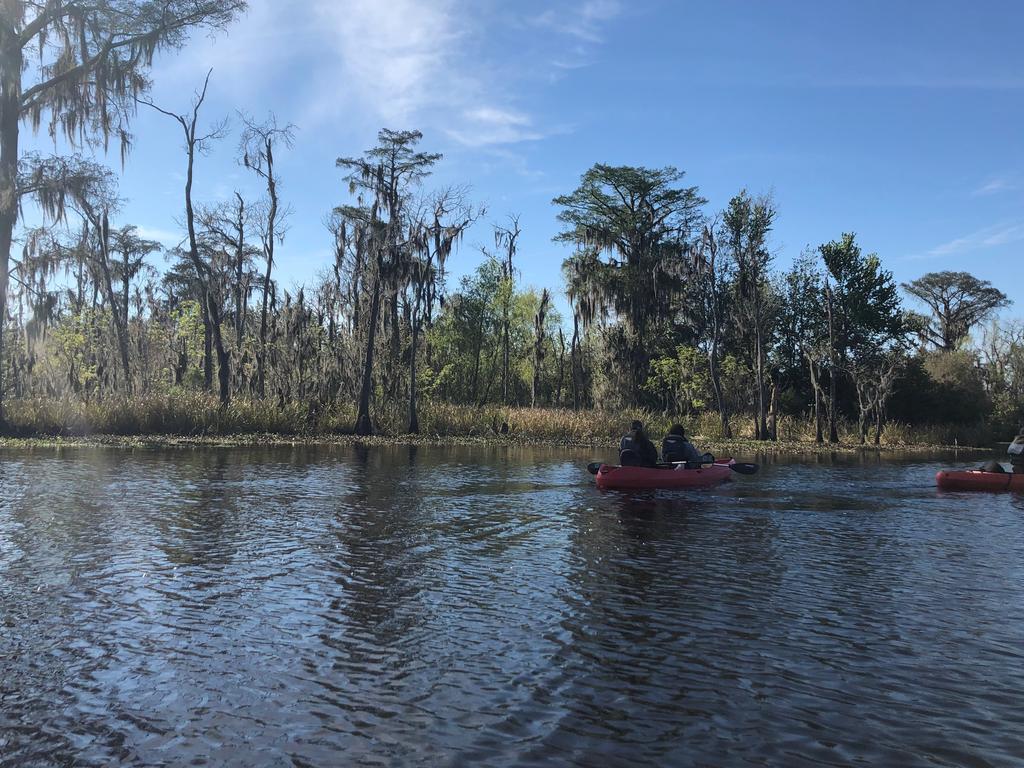
Visitors can also visit cotton plantations a short drive from the city — sumptuous, well-preserved homes that reveal the tragic and confronting history of human slavery in the southern states.
Swamps were once considered hiding places for slaves and forbidden lands by others, and many have been drained for agriculture and harvesting cypress trees over the past decades. Organisations including New Orleans Kayak Swamp Tours are trying to restore them to their long forgotten glory, and suggest paying a visit to support the conservation work, and as a break from the worst excesses of Bourbon Street.
GHOSTS AND SPIRITS
The city’s association with vice and sin is a large part of its appeal, and it is rich with myths and legends, ghost stories and spirits.
The French Quarter Haunted Pub Crawl is a chance to revel in debauchery without getting in too much trouble yourself, at bars and former brothels thought to be inhabited with spirits of lonely prostitutes and murdered men.
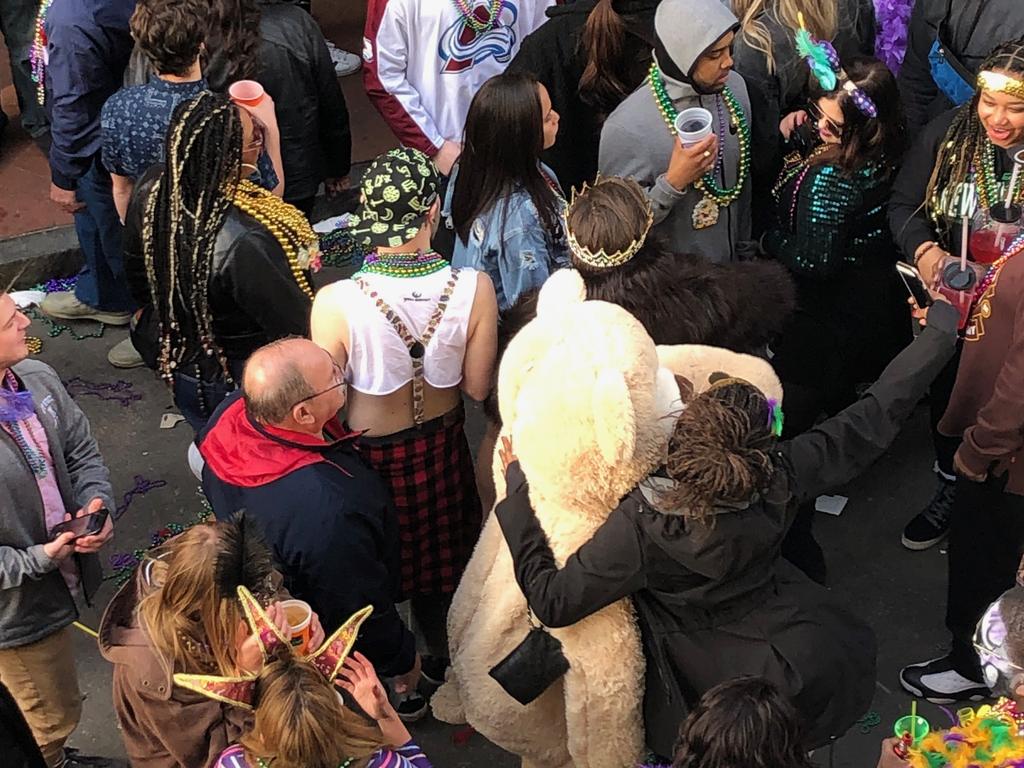
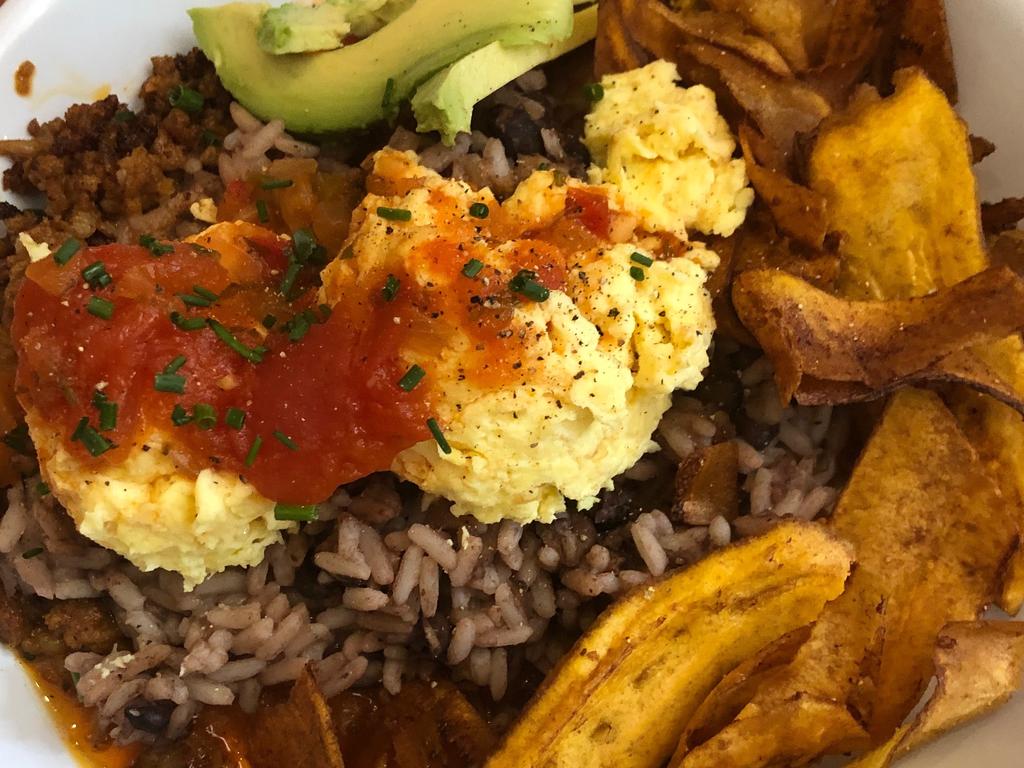
In its untamed French colonial days, the city’s lack of women meant prostitution was big business. Gallatin Street, where the bustling French Market is today, was one of the first vice districts, stuffed with crumbling lodgings, gangs and axe-wielding prostitutes.
Then came Smokey Row, so dangerous that police refused to patrol and women would charge as little as ten cents to service men on the street. Some would lure men into a den, rob and even kill them.
The scandal led to the establishment of an official red light district in Storyville — home to Louis Armstrong, and the expensive brownstones of Basin Street, where men would pay up to $50 a night and the madams became some of the city’s richest people.
We stay at the Dauphine Hotel, the centre of 19th century vice and now just the right distance to dip in and out of the madness. Its chic Victorian-style cocktail bar, May Bailey’s, was a 1857 “sporting house” — an elevated brothel with dancing and singing.

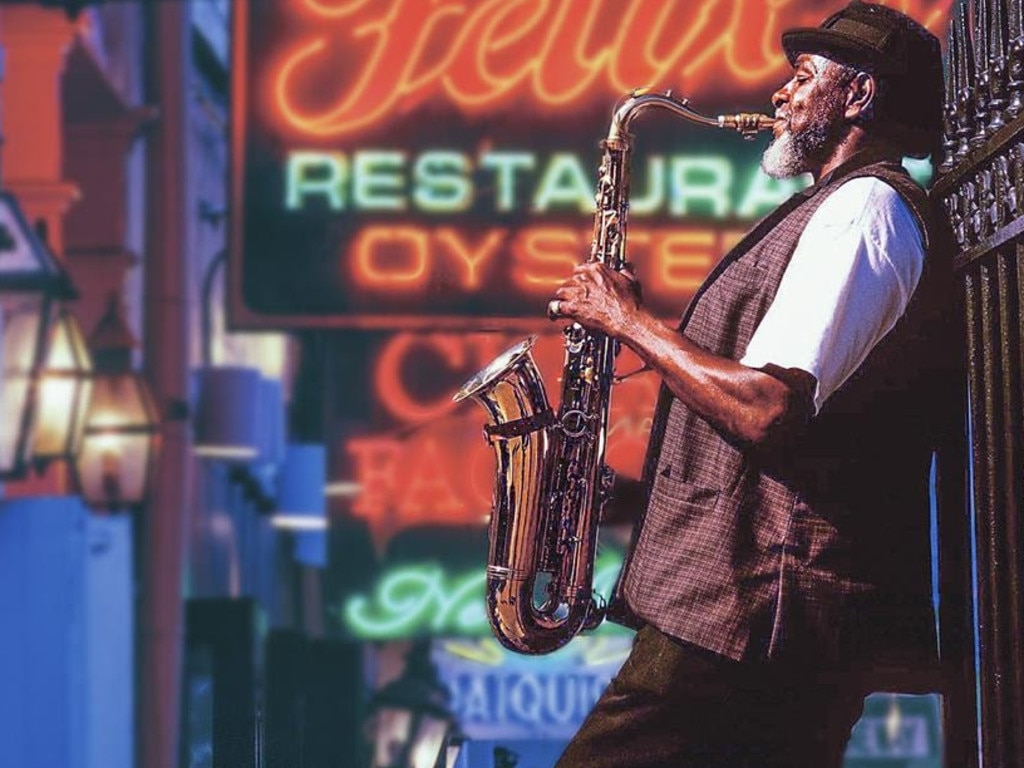
Nearby are more unsettling delights at Reverend Zombie’s Voodoo Shop and the ghoulish Museum of Death, featuring grisly embalming tools and exhibits on the sickening exploits of America’s most notorious serial killers. Visitors have been known to pass out.
THE PARTY
After all this talk of seriousness, there’s only one thing to do — party. And that’s hard to avoid here, where every pub has a story and a group of fun-loving people to meet.
Whether you prefer a sophisticated hotel bar, chilled-out dive or a carousel in the middle of the pub floor, options stretch far beyond the frozen daiquiris of Bourbon Street.
For our main foray into the craziness of Mardi Gras, we chose the Royal Sonesta Hotel for its gilded interiors, live music and the best-placed balcony for chucking beads at enthusiastic dancers and flashers below.
The “krewes” of New Orleans have a spectacular parade for everyone, from the epic Zulu parade and Lundi Gras festival to the topsy-turvy St Anne or family-focused Red Beans parade.
In total contrast to Australia, pubgoers are allowed to carry alcoholic drinks on to the street with them, and roadside celebrations continue throughout the year.
Avoid March if you really want to skip the peak messiness, but this city’s core of energy could be just the tonic to revitalise even the weariest souls.
This reporter was hosted by New Orleans & Company — find out more on Facebook, Twitter and Instagram.


